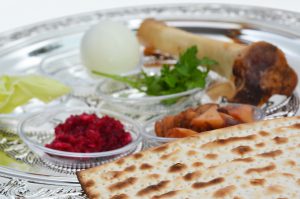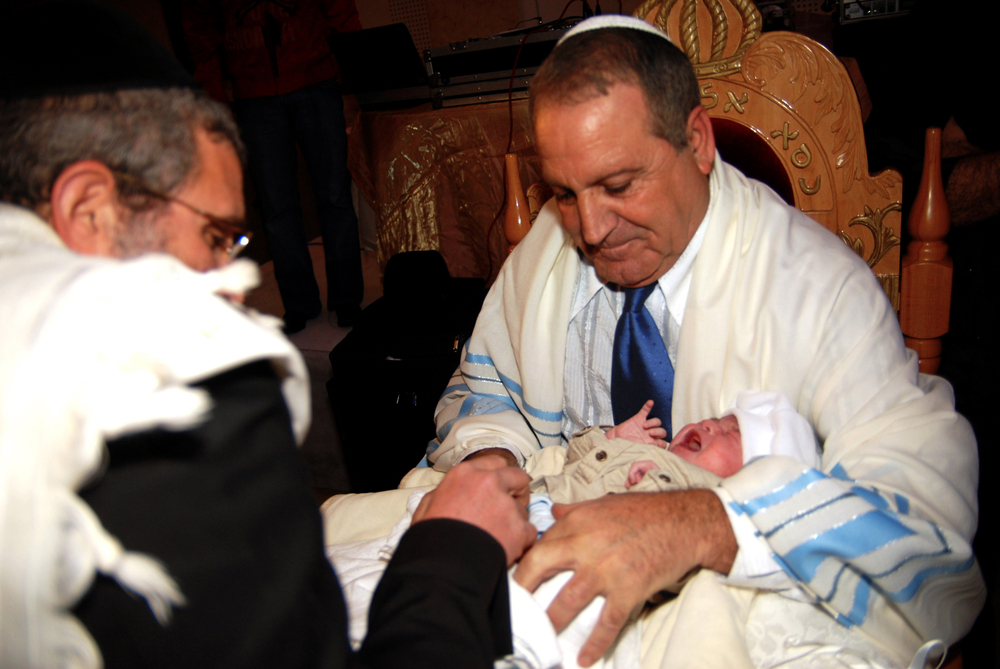In this week’s Torah portion, Parshas Emor (lit. speak), Hashem instructs Moshe to teach the kohanim (priests) the special laws that pertain to them. We learn that a kohen must remain pure and cannot come in contact with a dead body, except for a close family member. The Kohen Gadol cannot ever come in contact with a dead body, even for a close family member. Kohanim also have special rules regarding who they can marry: for example, a kohen may not marry a divorcee. If a kohen has a physical blemish or impurity, he cannot serve in the Mishkan. We also learn which members of the kohen‘s family may eat the terumah, the produce tithes given to the kohanim. An animal with a blemish cannot be used for korbanos (sacrifices) in the Mishkan. Newborn animals must be left with their mothers for the first seven days and we are taught that we cannot slaughter an animal and its mother on the same day.
After the rules of the kohanim and korbanos are given, Moshe is instructed to tell the Jewish People about the festivals of the Jewish calendar, beginning with the weekly Shabbos celebrated on the seventh day after working for six. We learn about the Korban Pesach given on the 14th of Nisan and of the seven days of Passover which begin the next day. We also learn about the Omer offering which is brought on the second day of Pesach, followed 49 days later (which we count daily) by the holiday of Shavuos. When harvesting the fields we learn that we must leave the corners of the field (Peah) and the items that fall (Leket) for the poor. Rosh Hashana is referred to as the “remembrance of shofar blowing” which is followed by the holy fast of Yom Kippur on the 10th of the month. Just five days later begins the 7-day holiday of Sukkos, when we live in huts and shake the four species, followed by the 8th day, Shmini Atzeres.
The rules of the menorah and the special olive oil used to keep it lit at all times are discussed, as are the Lechem HaPanim, 12 loaves of bread that were on the table in the Mishkan and replaced weekly. The parsha concludes with the rules for one who commits blasphemy, the punishment for which is death, as well as the punishments for murder and injuring another person or destroying his property.
There are so many symbols in this week’s parsha! Candy lips can symbolize the commandment to Moshe to “speak” the different mitzvot (commandments) of this week’s parsha to the people. They could also symbolize the rules related to the kohen‘s eating of terumah and the person who commits blasphemy. Candy hearts and ring pops can represents the rules regarding who a kohen may marry. Animal crackers can symbolize the laws given regarding animal sacrifices. Candy candles (made of a marshmallow and a red jelly bean on a toothpick) can represent Shabbat and the holidays, all of which are ushered in by the lighting of candles, as well as the rules of the menorah. Candy watches can symbolize the counting the 49 days of the Omer between Pesach and Shavuot, and the counting of days in which a baby animal must stay with its mother after birth. Candy fruit remind us of the rules of peah and leket as well as the four species of Sukkot. Marzipan challahs or braided sour sticks or licorice can symbolize the Lechem HaPanim that was replaced weekly in the Mishkan.
Do you have other ideas for Parsha Sweets and Treats? Please share them in the comments section below!
Shabbat Shalom,
Shayna Levine-Hefetz


